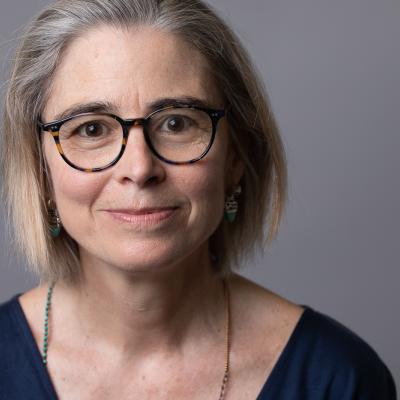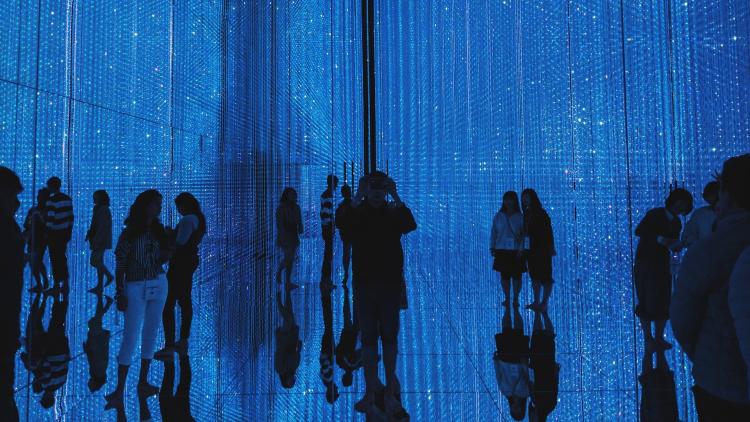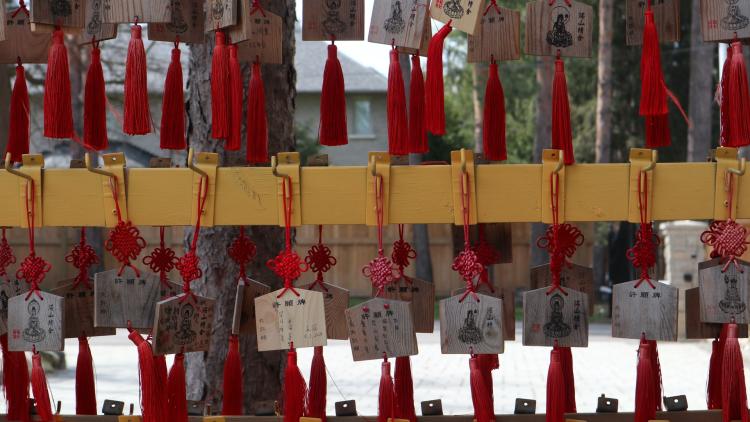Art, state and society in South and Southeast Asia

Key information
- Status
- Module not running
- Module code
- 158100021
- FHEQ Level
- 5
- Credits
- 15
- Department
- School of Arts & Department of History of Art and Archaeology
Module overview
South and Southeast Asia is a region of great religious and cultural diversity. This module examines aspects of the visual arts of South, Southeast Asia and/or Tibet and the Himalayas over two millennia from the third century BC to the 18th century AD.
A core theme is the role of art, architecture and visual culture in the negotiation between cosmopolitan and local cultures, and the formation of regional, religious and political identities by rulers, patrons, artists and their communities. This cultural encounter was expressed in terms of transregional literary and court cultures (Pali, Persian, Sanskrit or Tibetan), religion (Buddhism, Hinduism, Islam) as well as visual culture.
The module may primarily address a single region - South Asia or Southeast Asia or Tibet and the Himalayas - and/or period (medieval/8-14th or early modern/15th-18th centuries) or may range more widely in two blocks of co-taught lecture-seminars. The architecture of the stupa, palace, mausoleum, mosque and/or temple will be examined - as monument, symbol, political arena, ritual theatre and sacred space – alongside the role of painting or sculpture in the formation of political, religious and cultural identities in this dynamic period of cross-cultural encounter.
In 2023-24 the module will be co-delivered by Crispin Branfoot and Ashley Thompson. Drawing on their respective areas of expertise in South and Southeast Asia, it will examine how the religious art and architecture of this vast region works at once to establish hegemonies and to subvert them. How is the power of the state embodied in artistic and architectural works? How do the latter consolidate normative values? But also, in what ways do the materials challenge norms? With Professor Thompson, we will focus on the art and architecture Angkor – the capital of the Angkorian empire from the 9th-15th centuries in what is now northern Cambodia, looking at the site as a palimpsest, where multiple time periods overlap and intermingle. Crispin Branfoot will examine a series of temples built in north India (Khajuraho) and south India (Tanjavur, Madurai) and their afterlives in contemporary South Asia.
Objectives and learning outcomes of the module
On successful completion of this module students will be able to
- Demonstrate broad knowledge of selected periods, styles and/or themes in the art and architectural history of South Asia and/or Southeast Asia and/or Tibet and the Himalayas from the early centuries BCE to the 18th century.
- Critically analyse and interpret the production and use of visual material - including sculpture, paintings and/or architecture - within its cultural, political, religious and economic contexts.
- Situate the production of knowledge of South and/or Southeast Asian and/or Tibetan and Himalayan art in a global historical context.
- Evaluate varied approaches and key issues in the study of the arts of South and/or Southeast Asia and/or Tibet and the Himalayas.
- Demonstrate a range of skills in visual and literary analysis, research and other study skills for successful academic and vocational pathways.
Workload
- Lectures: 1 hour per week
- Seminars: 1 hour per week
Method of assessment
- 750-word critical object/literature analysis (worth 20% of marks)
- 1,500-1,700 word essay second year and 1,700-2,000 word essay final year (worth 40%)
- Exam: 2 hours (worth 40%)
Suggested reading
- Catherine B. Asher and Cynthia Talbot, India before Europe (Cambridge: Cambridge University Press, 2006) - new rev. ed. in 2022.
- George Michell, Architecture and Art of Southern India: Vijayanagara and the Successor States (Cambridge: Cambridge University Press, 1995)
- George Michell, Hindu Art and Architecture (London: Thames and Hudson, 2000).
- Ashley Thompson, Engendering the Buddhist State Territory, Sovereignty and Sexual Difference in the Inventions of Angkor, (London: Routledge, 2016).
- Hiram W. Woodward, The Art and Architecture of Thailand : From Prehistoric Times through the Thirteenth Century, 2nd ed. (Leiden ; Boston: Brill, 2005).
Disclaimer
Important notice regarding changes to programmes and modules.



